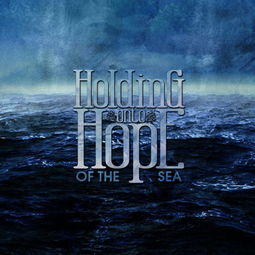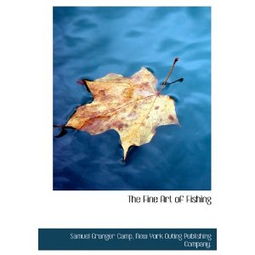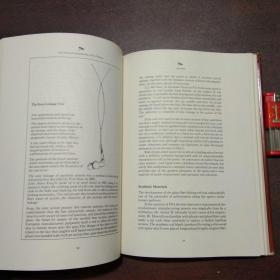Content:
Introduction: Fishing is an ancient and beloved pastime that offers a unique blend of relaxation, adventure, and connection with nature. For those new to the world of angling, the thought of casting a line into the water can be daunting. However, with the right guidance and a few essential tips, even the most inexperienced anglers can catch their first fish. In this article, we will explore how to teach萌新 (newcomers) the art of fishing, including essential techniques, equipment, and safety measures.
Choose the Right Equipment: Before diving into the water, it's crucial to have the right gear. Here's a list of essential equipment for beginners:
- A lightweight rod and reel: Opt for a rod and reel that are easy to handle and suitable for the type of fishing you plan to do.
- Monofilament line: This type of line is flexible and less likely to snap under tension.
- Hooks: Choose hooks that are appropriate for the fish you're targeting.
- Sinkers: These help to keep your bait or lure at the desired depth.
- Bait or lures: Depending on your fishing location and target species, you may need live bait or artificial lures.
- Pliers: These are useful for removing hooks from fish.
Learn the Basics of Casting: Casting is the process of throwing your line into the water. Here are some basic casting techniques to teach beginners:
- Hold the rod with a comfortable grip, keeping your wrist relaxed.
- Position the rod at a 45-degree angle to the water.
- Swing the rod back and forth, using your wrist and arm to create momentum.
- Release the line at the peak of your forward swing, allowing the weight of the sinker to pull the line out.
Mastering the Art of Baiting: Baiting is an essential skill for attracting fish. Here's how to teach beginners:
- Teach them to thread the bait onto the hook carefully to avoid injury.
- Show them how to present the bait in a natural way, mimicking the movement of real prey.
- Encourage them to experiment with different types of bait to see what works best in their fishing environment.
Understanding Fish Behavior: To be a successful angler, it's important to understand the behavior of the fish you're targeting. Here are some tips:
- Research the species you're interested in and learn about their feeding habits, preferred depths, and habitats.
- Observe the water conditions, such as water temperature and clarity, as these can affect fish behavior.
- Be patient and observe the water for signs of fish activity, such as splashes or bubbles.
Safety First: Safety should always be a priority when fishing. Here are some safety tips to teach beginners:

- Always fish with a partner or inform someone of your fishing location and expected return time.
- Wear a life jacket if you're fishing from a boat or in deep water.
- Be aware of your surroundings and avoid dangerous areas, such as fast-moving currents or rocky outcrops.
- Keep sharp objects, like hooks and pliers, away from children and pets.
Practice Makes Perfect: The more time you spend fishing, the better you'll become. Encourage beginners to practice their casting, baiting, and fishing techniques regularly. Here are some additional tips:
- Start in a calm environment, such as a quiet lake or pond, to build confidence.
- Take advantage of fishing classes or workshops offered by local clubs or organizations.
- Join a fishing group or community to share tips and experiences with other anglers.
Conclusion: Teaching萌新 (newcomers) the art of fishing is a rewarding experience that can lead to a lifelong hobby. By providing the right equipment, teaching essential techniques, and emphasizing safety, you can help beginners develop the skills needed to catch their first fish and enjoy the many benefits of fishing. Remember, patience and practice are key to becoming a skilled angler, so encourage your萌新 (newcomers) to keep trying and never give up. Happy fishing!












